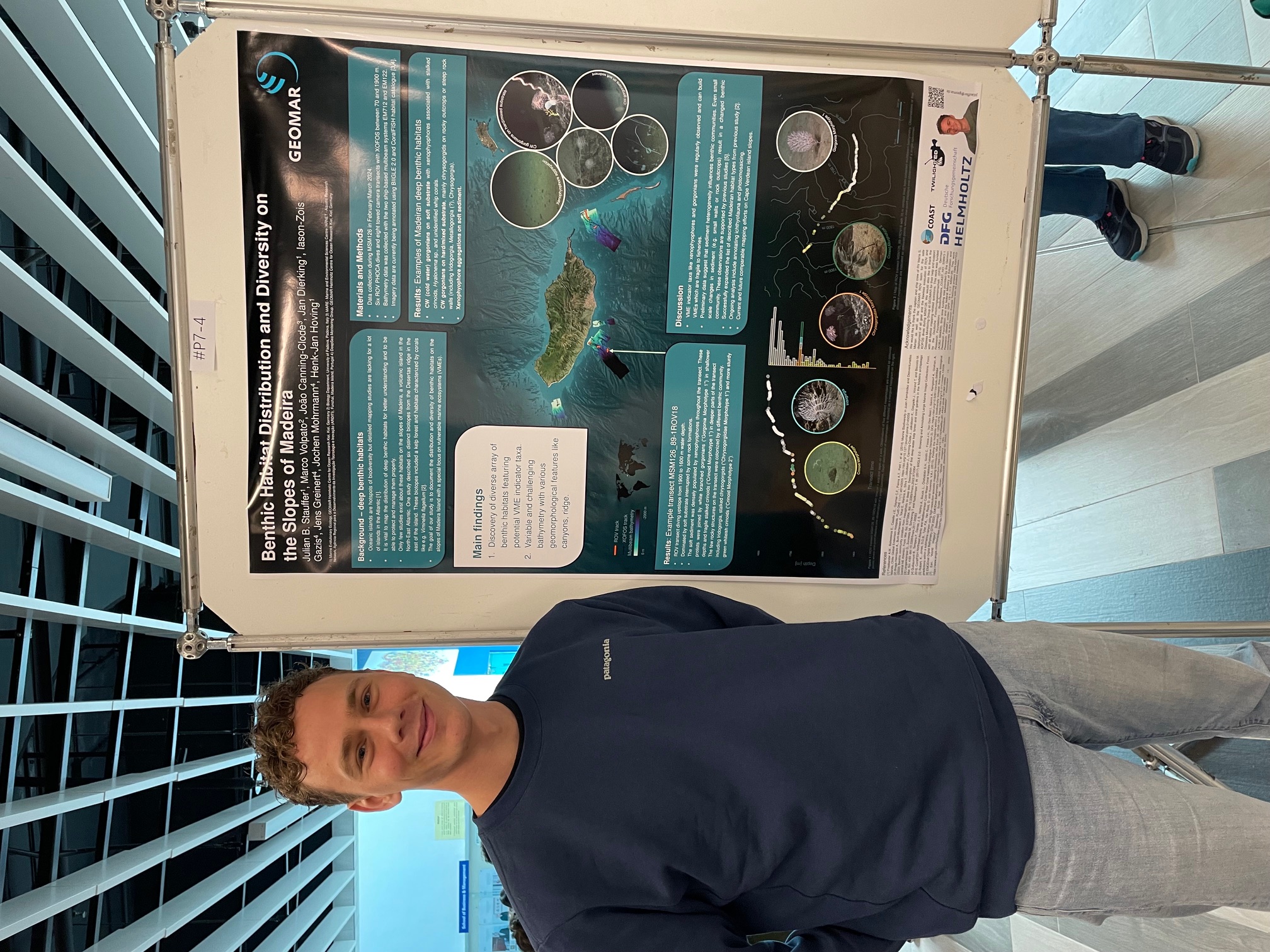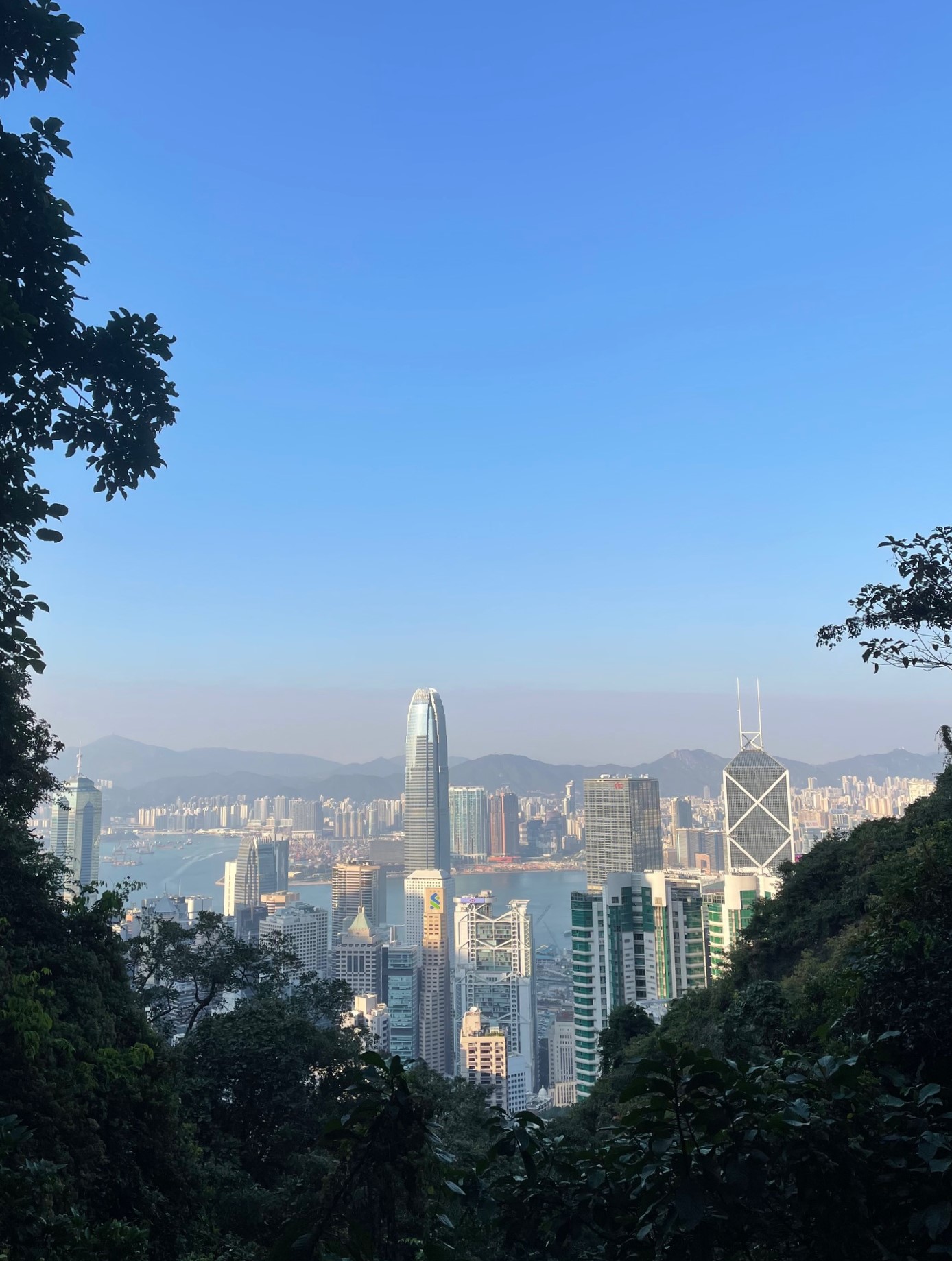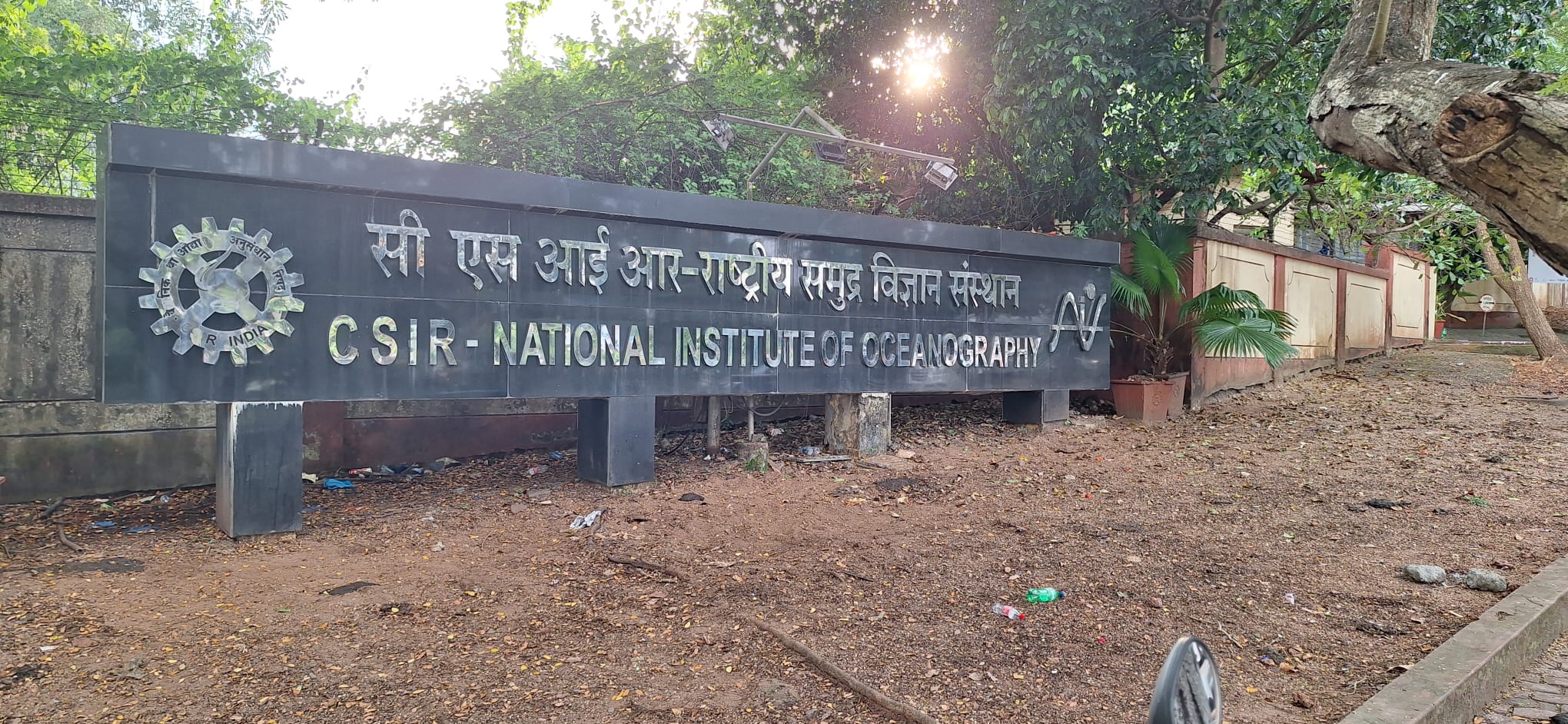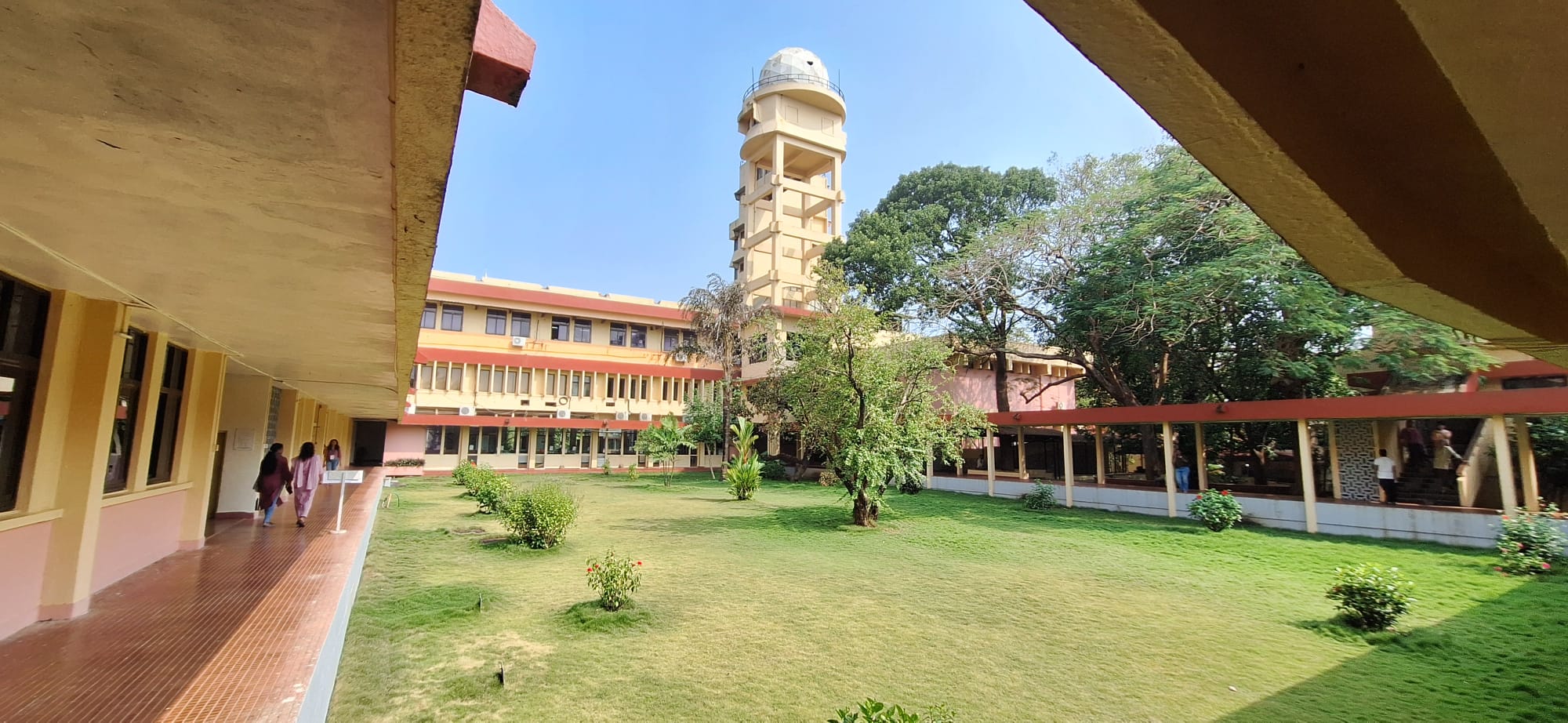17th DSBS HKUST, Hong Kong
I am Julian Stauffer, a third-year PhD student in the Deep-Sea Biology working group at GEOMAR Helmholtz Centre for Ocean Research in Kiel, Germany. I work on benthic habitat mapping with hydroacoustic and imaging methods. My main study regions are oceanic island groups in the North-East Atlantic. I am mainly interested in the distribution and depth zonation of different deep benthic habitats including cold-water corals. My goal is to shed light on these habitats in Macaronesian islands like Madeira and the Cape Verdes because large parts of these regions lack solid baseline data about habitat distribution and diversity. It is essential however to gather this kind of data to lay a foundation for future monitoring and protection efforts of these important and fragile ecosystems.

Julian in front of his poster. 
View of Hong Kong.
Thanks to the FYORD travel grant, I had the chance to travel to the 17th Deep-Sea Biology Symposium (17th DSBS) at the Hong Kong University of Science and Technology HKUST at the beginning of this year. It was the first time that this conference was held in Asia making on-site participation more accessible for scientists from Asian countries. The event took place between the 12th and 17th of January and offered almost 200 talks in 12 different sessions tackling new research advances in deep-sea biology and discussing threats that deep-sea ecosystems are and will be facing in the future. My abstract was accepted for a poster which I was able to present during the poster session on the 14th of January. The work I presented included preliminary results from one of my PhD chapters about the deep benthic communities of Madeira, an island in the North-East Atlantic. The presented data were collected during the research cruise MSM126 in February/March 2024, where we used in situ imaging techniques like a Remotely Operated Vehicle (ROV) and a towed benthic camera system as well as multibeam echosounders to learn more about the diverse and rich benthic communities of the island slopes.
For me personally, this symposium gave me the chance to think more in-depth about my PhD project and gave me new food for thought on how to proceed with my data analysis. It was also an opportunity to present my work for the first time to colleagues outside of my day-to-day work environment. Many important members of the deep-sea biology research community were present at the conference and this created opportunities to get into conversations with colleagues that I otherwise do not have the chance to meet in person. Thus, I was able to establish new connections and talk to fellow PhD students working in similar fields of research, who have to tackle identical problems like me. There was a decent amount of talks that matched my PhD thesis quite well and from which I could especially benefit and learn. On the other hand, the symposium also gave me the opportunity to widen my horizon and attend talks outside of my main research interest.
All in all, the whole conference was well planned and executed and really underlined the importance of deep-sea biology. I can definitely recommend attending the Deep-Sea Biology Symposium to anybody working in the field of deep-sea biology since it is one of the most important conferences in this field of research. I am already looking forward to 2028 when I will be hopefully attending the next edition of the DSBS.
Julian Stauffer
My trip to the SOLAS conference in Goa, India
My name is Hendrik Feil, I am 26 years old and I am currently studying for a Master’s degree in Chemistry at Kiel University. I did my bachelor’s thesis in chemical oceanography at the Geomar-Helmholtz Institute for Ocean Research in Kiel. I enjoyed the work in this area so much that I have now taken the advanced modules in the Master’s programme and completed my Master’s thesis. I completed all these modules in Christa Marandino’s working group. In the group, we deal with the production and air-sea gas exchange of various trace gases: Dimethylsulfide (DMS), Isoprene, and Carbon disulfide (CS2). These trace gases are known to be precursors for cloud condensation nuclei and secondary aerosols in the atmosphere and therefore have an influence on the local climate.
On 8 November 2025, I travelled to my first scientific conference to present the results of my Master’s thesis. It was the biennial conference of the Surface Ocean-Lower Atmosphere Study (SOLAS) community. We were hosted by the National Institute of Oceanography (CSIR) in Goa, India.

The conference took place on the grounds of the National Institute of Oceanography.
After an icebreaker welcome party that was already full of exchanges and an entertaining opening ceremony, an exciting four-day programme awaited us. Sessions were organised on the respective areas of interest of the SOLAS communities in which four speakers reported on their research. The morning programme was interrupted and concluded by a traditional and varied Indian coffee break and lunch. The afternoon was spent in round table discussions on the current challenges in the scientific study of the surface ocean and the lower atmosphere. The subsequent coffee break then heralded the end-of-day poster session. These were organised according to the same main topics as the presentations of the day. The third day of the conference was then concluded with the usual conference dinner. We ended the day in a beach restaurant with a traditional Indian cultural programme and a sumptuous buffet of Indian dishes. Still tired from this long evening, we ended the conference the following day after we had once again informed ourselves in detail about current, cross-thematic topics on the scientific agenda of the SOLAS community. On 15.11.2024, after 5 exciting days, we set off on our journey home from warm summery India to grey and cold and wet northern Germany.

View of the inner courtyard of the University campus.
Even though, as a Master’s student, I am not yet very familiar with the scientific subject matter of the topics covered, I was still able to gain valuable experience and contacts for my own research. The personal dialogue with the authors of some of the papers I cited in my Master’s thesis was particularly valuable. I was able to have all my personal questions answered in detail in the respective discussions.
I would like to thank the FYORD network for sponsoring this trip, which was so valuable for me, and I hope that this short report will encourage other young scientists to take part in conferences or similar exchange programmes.
Hendrik Feil
